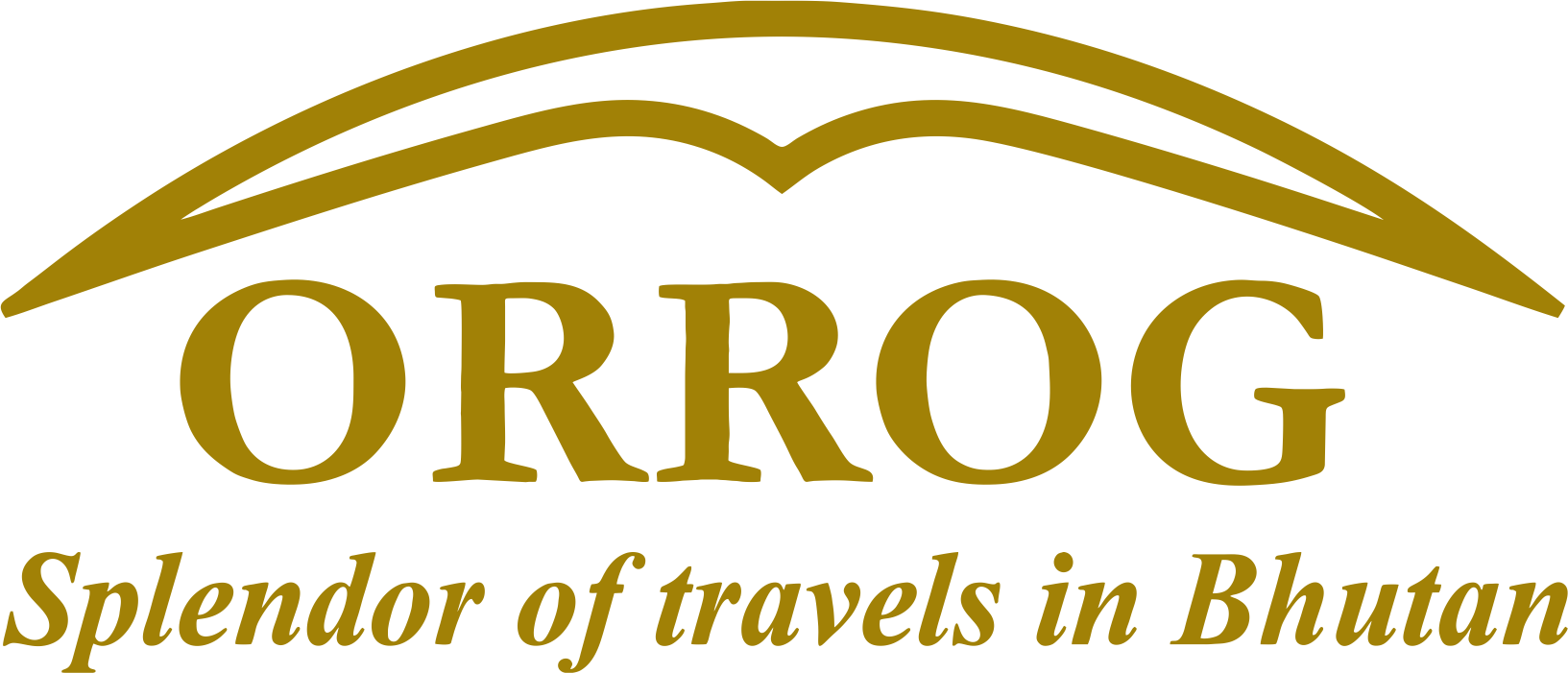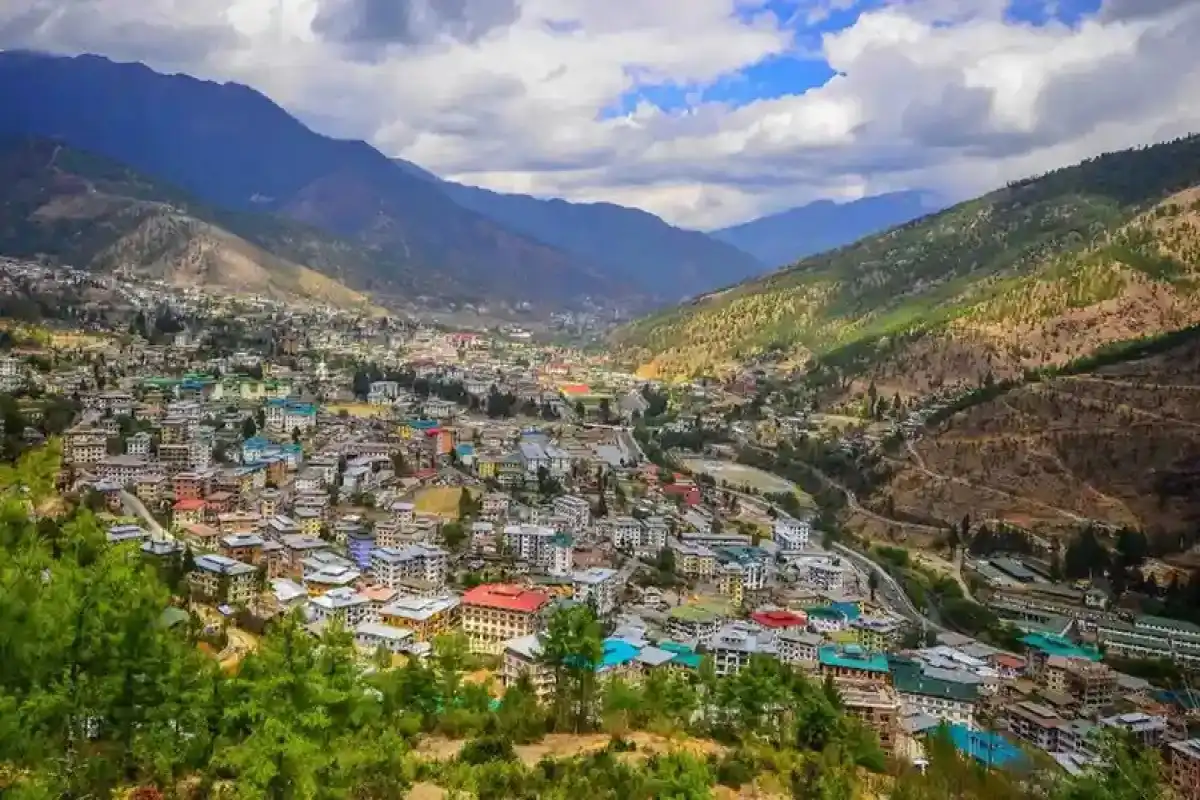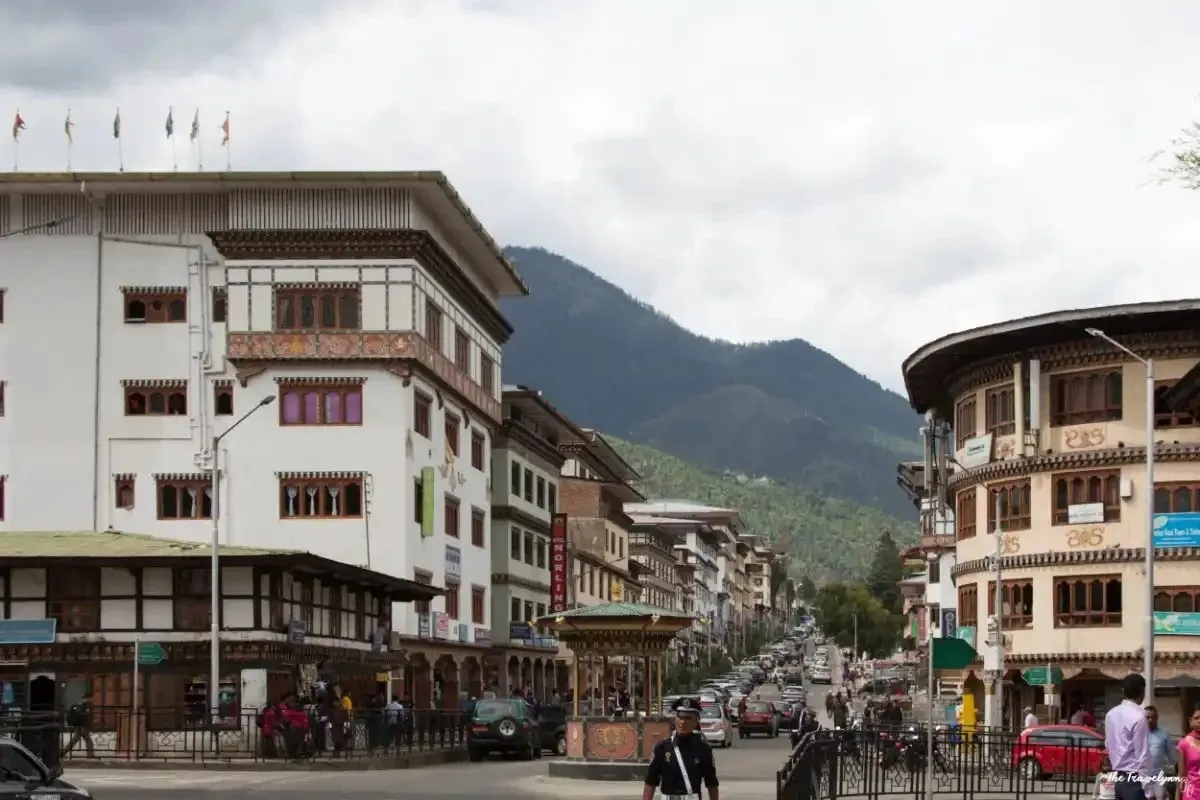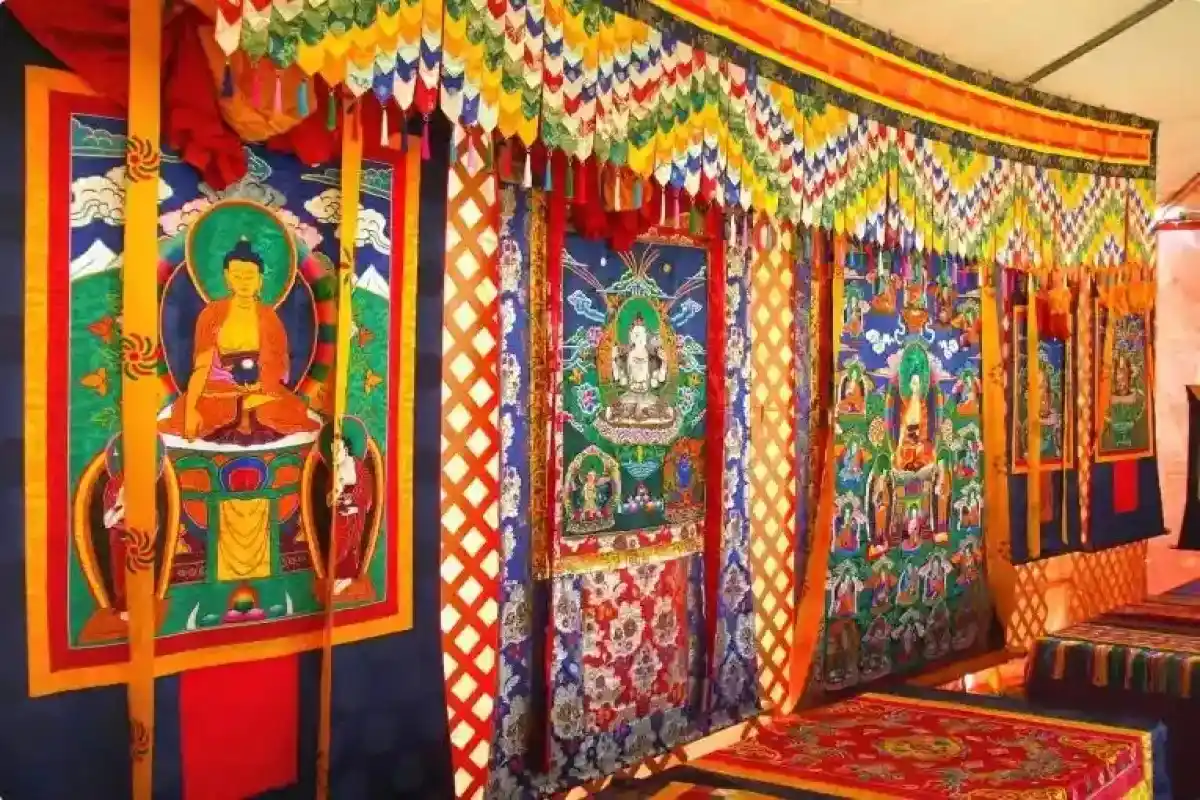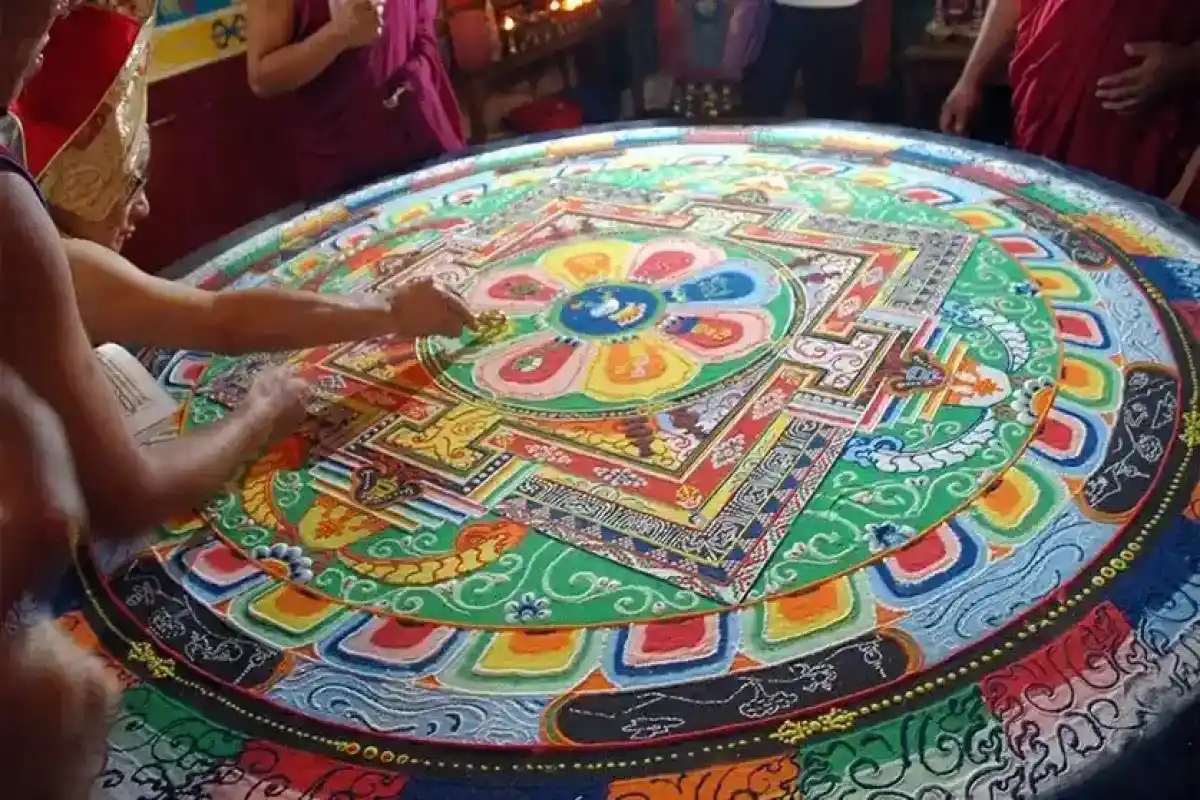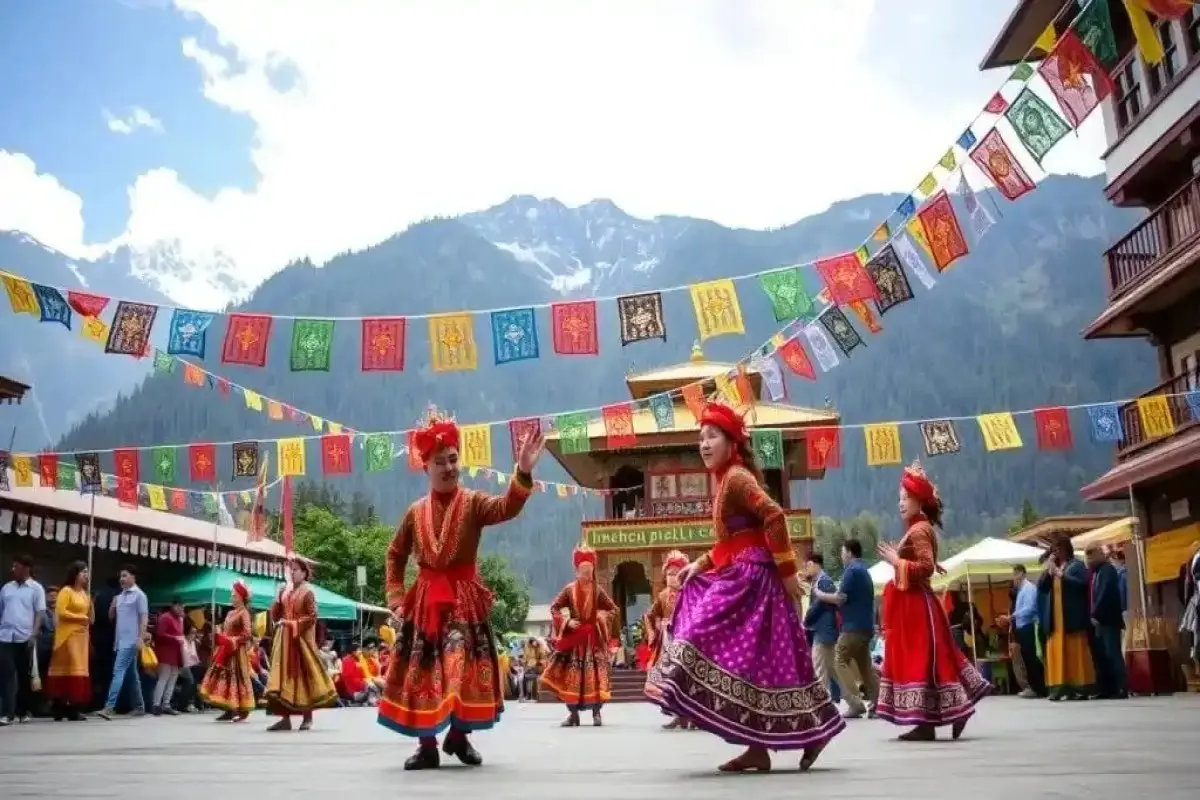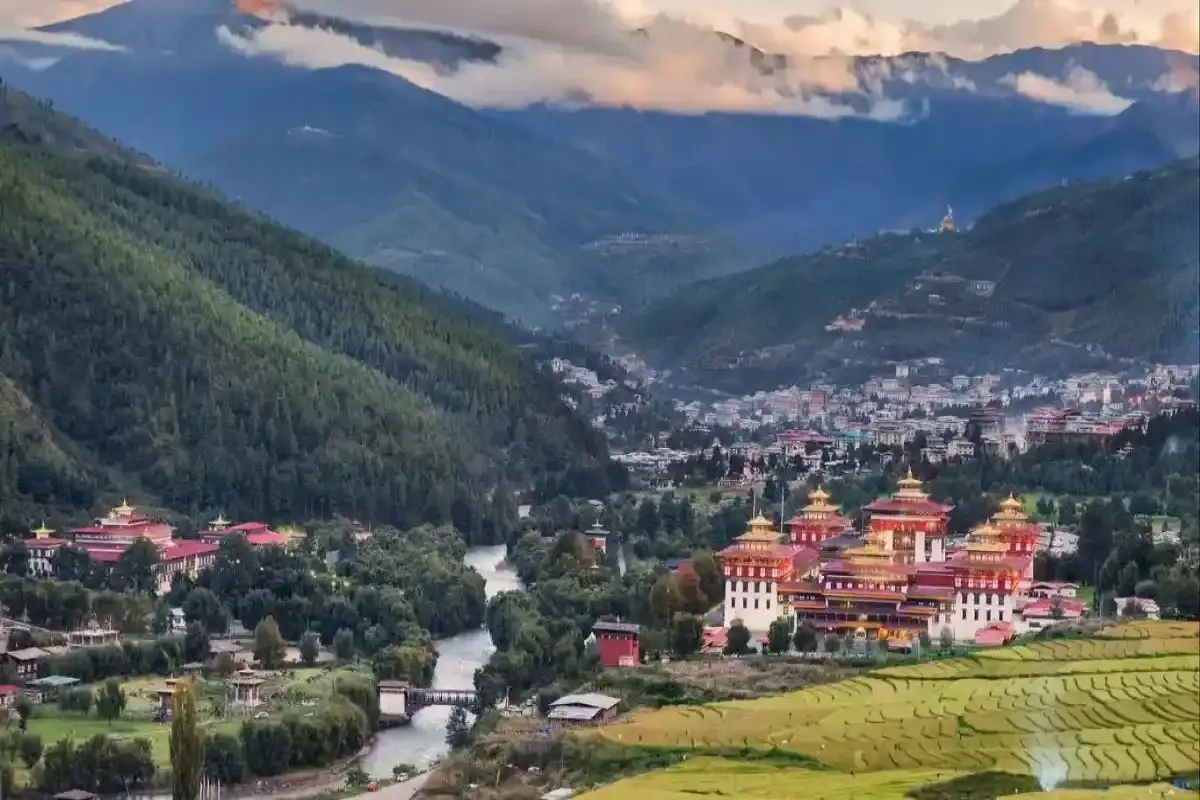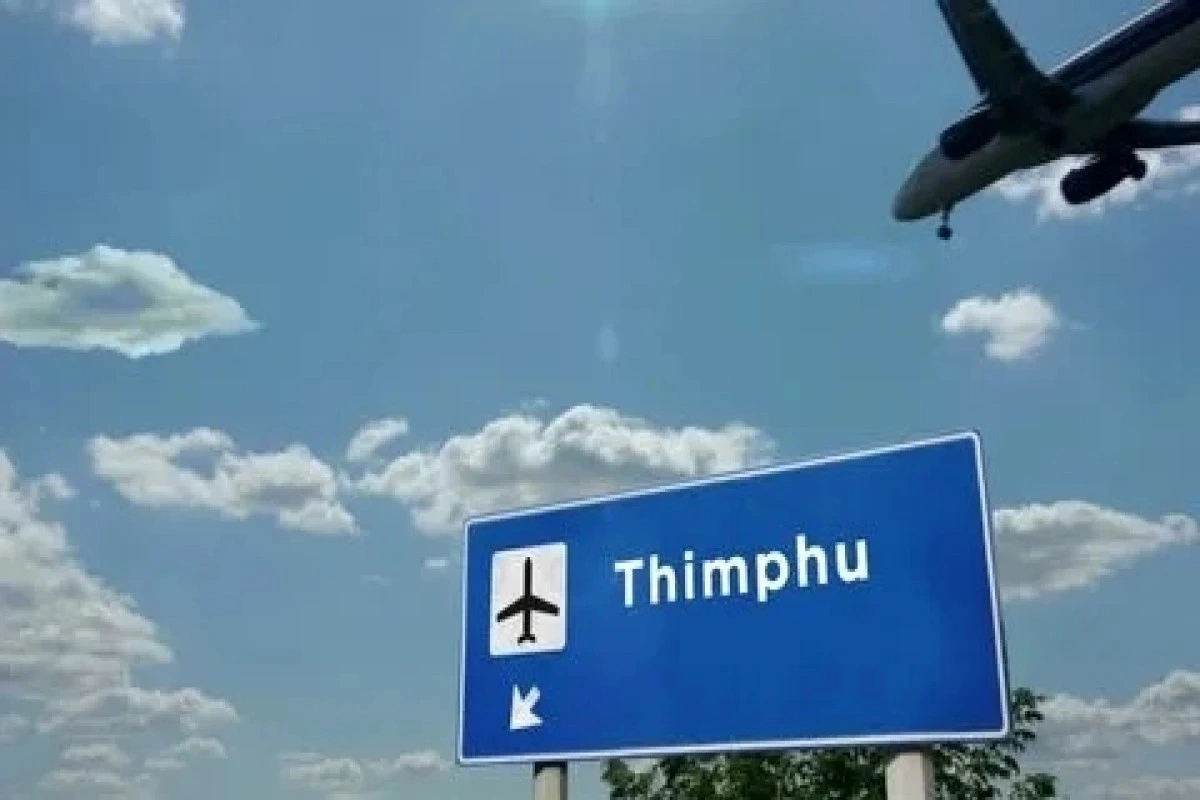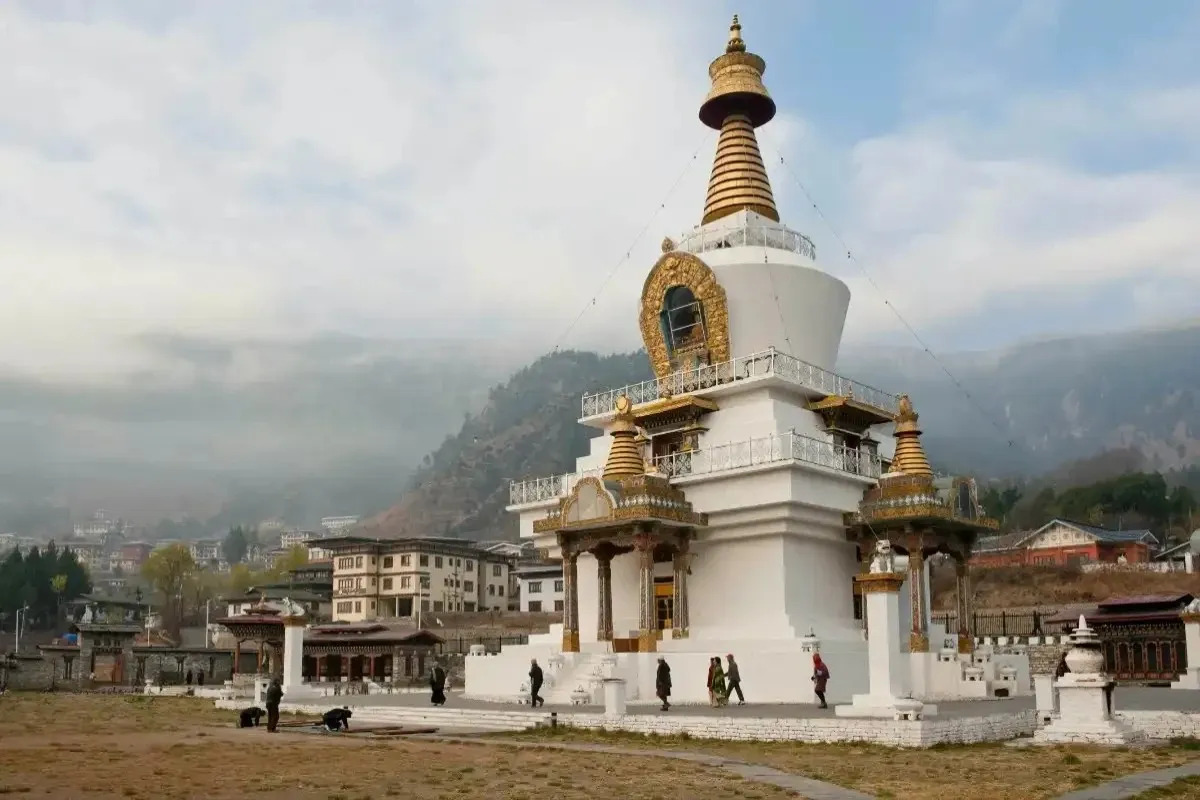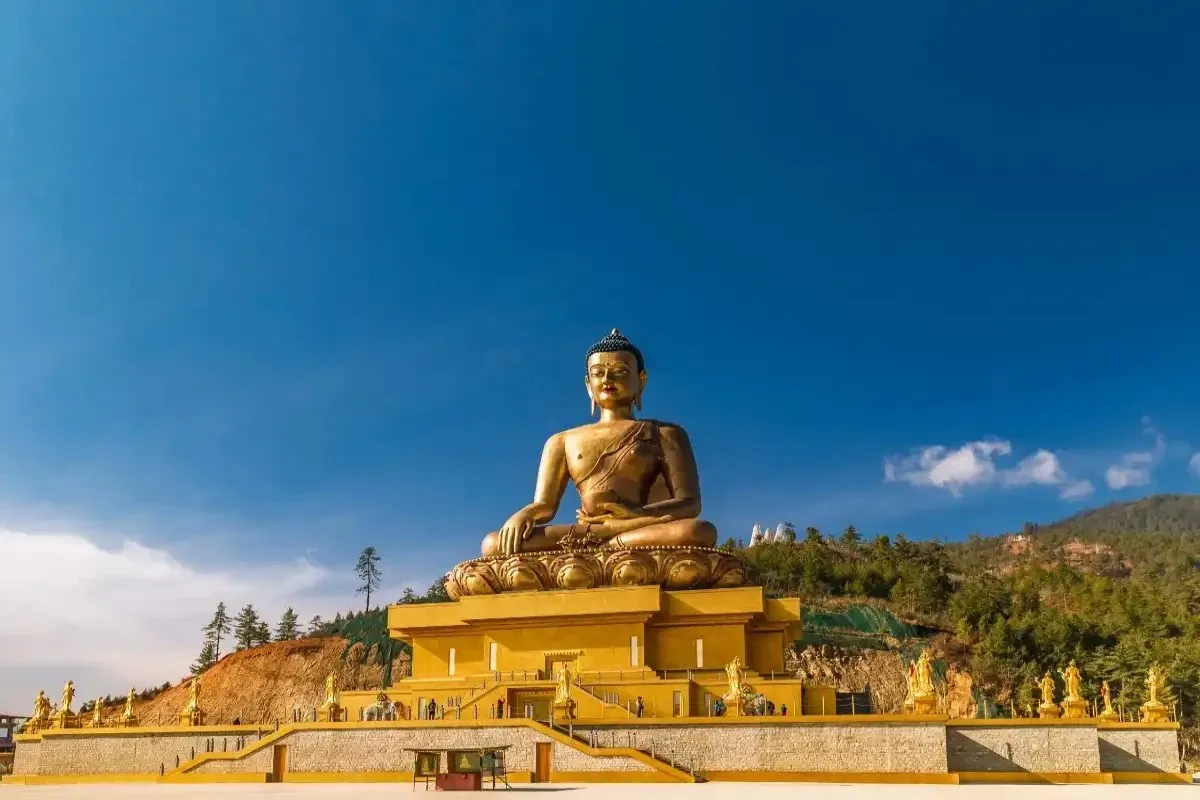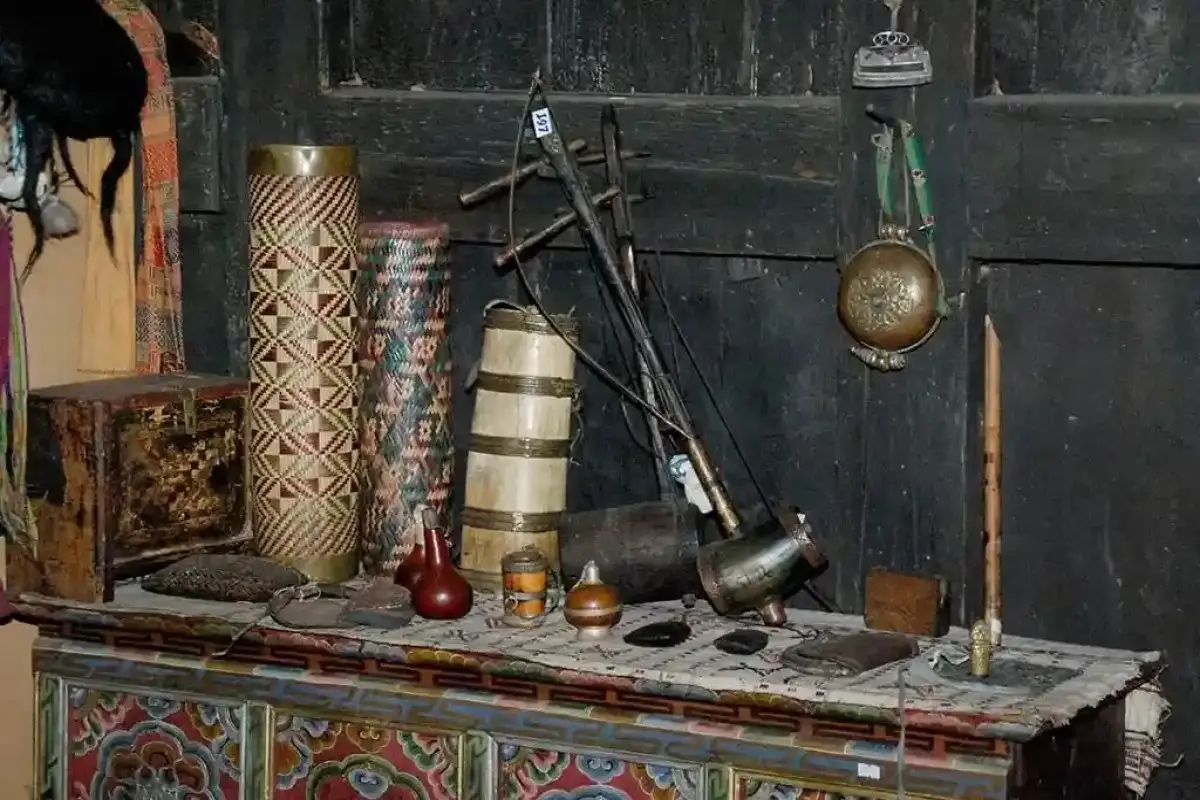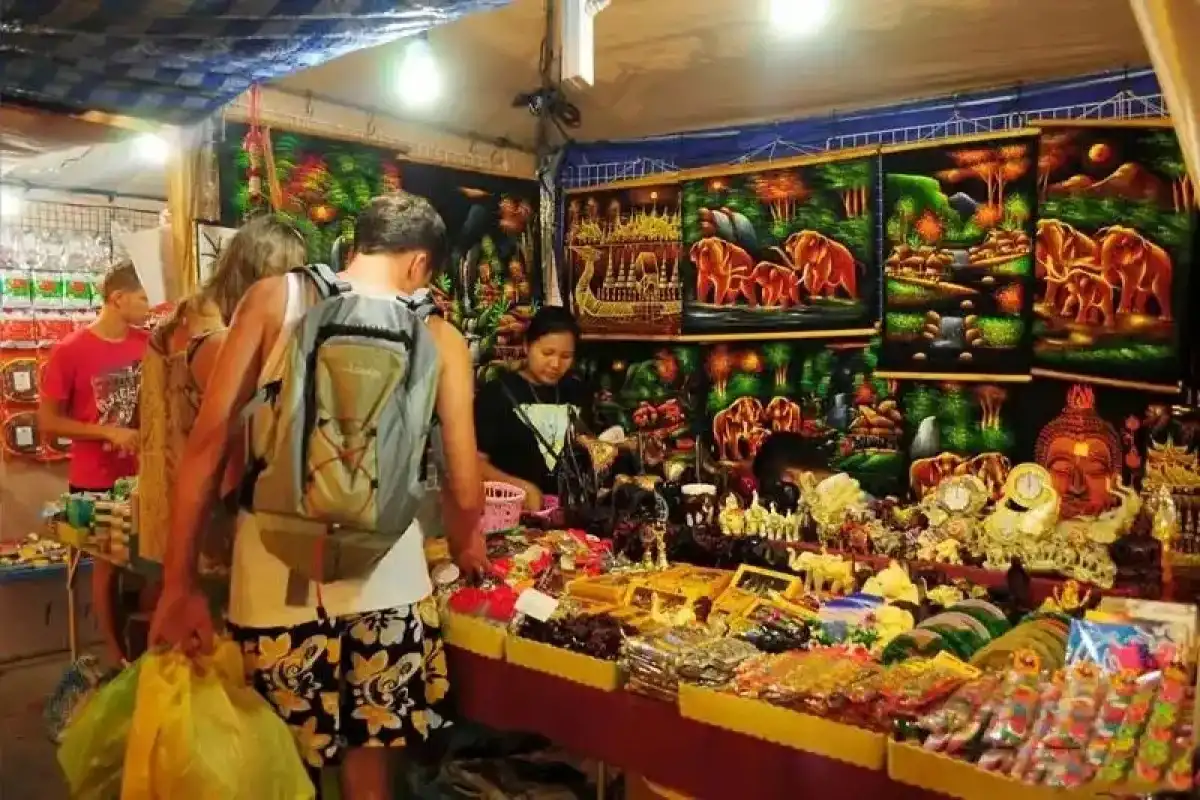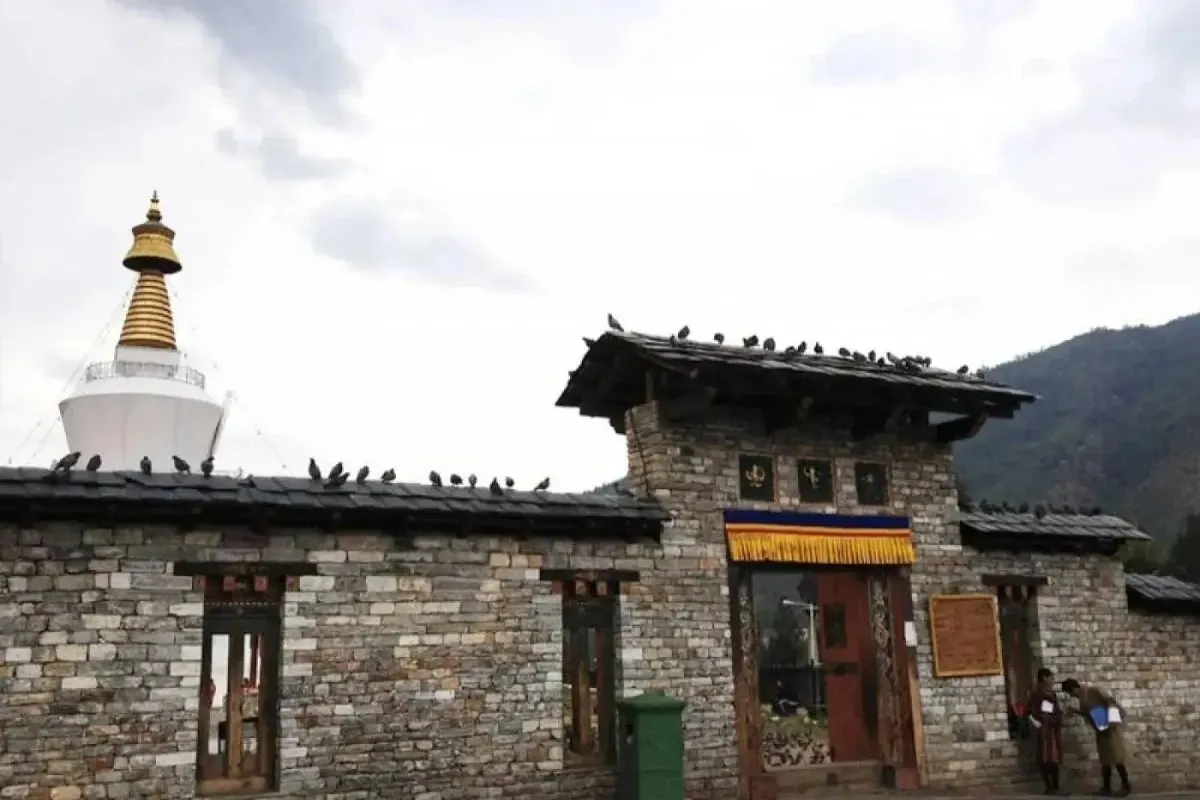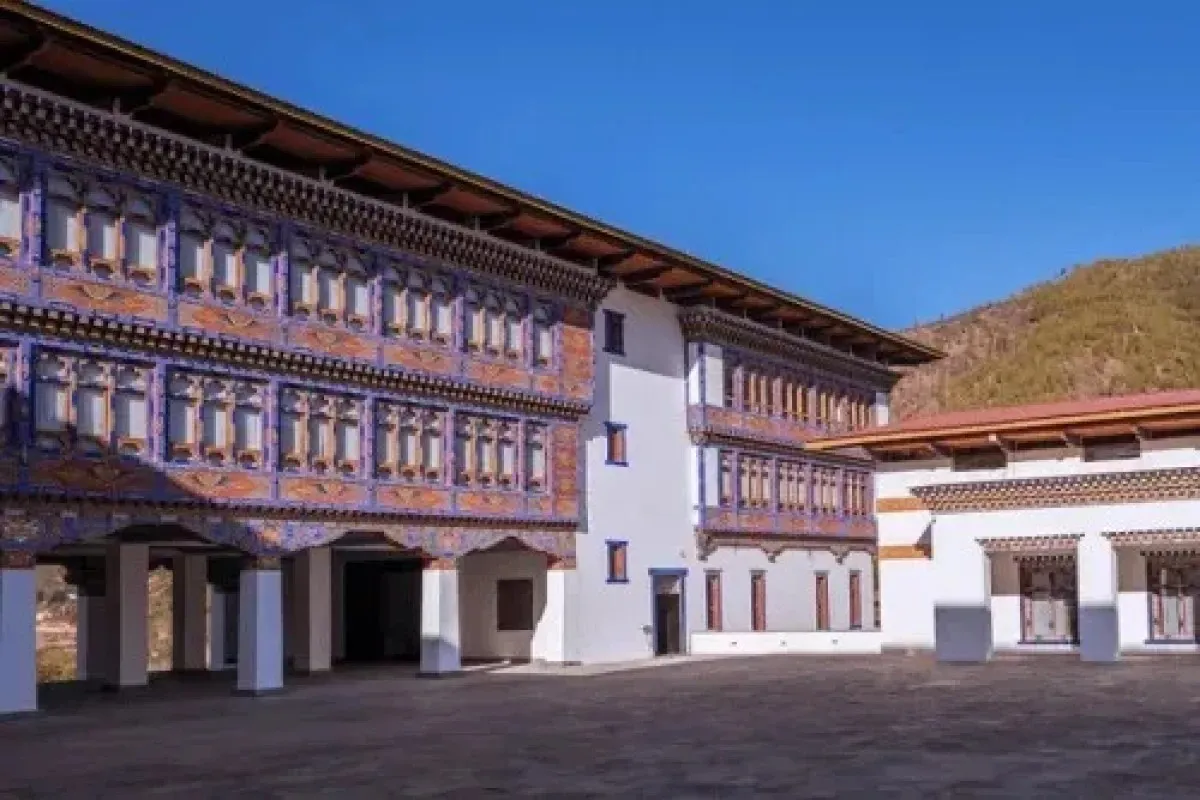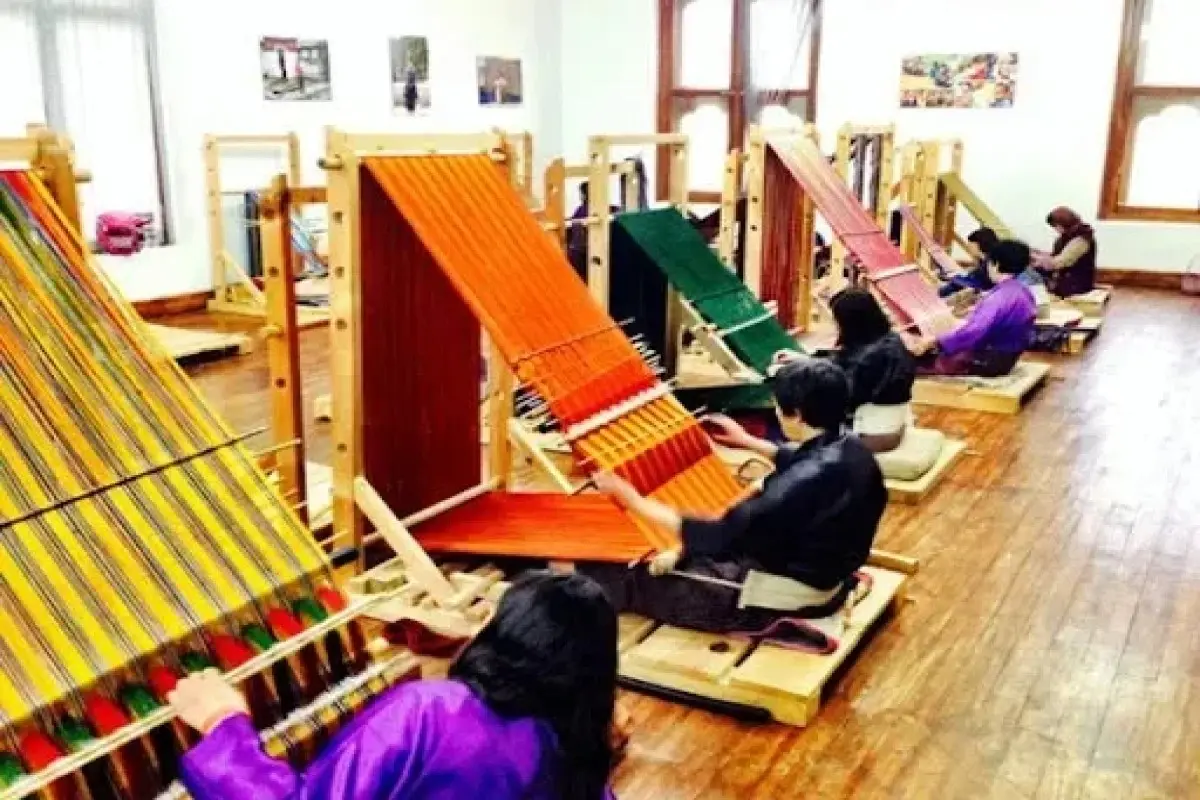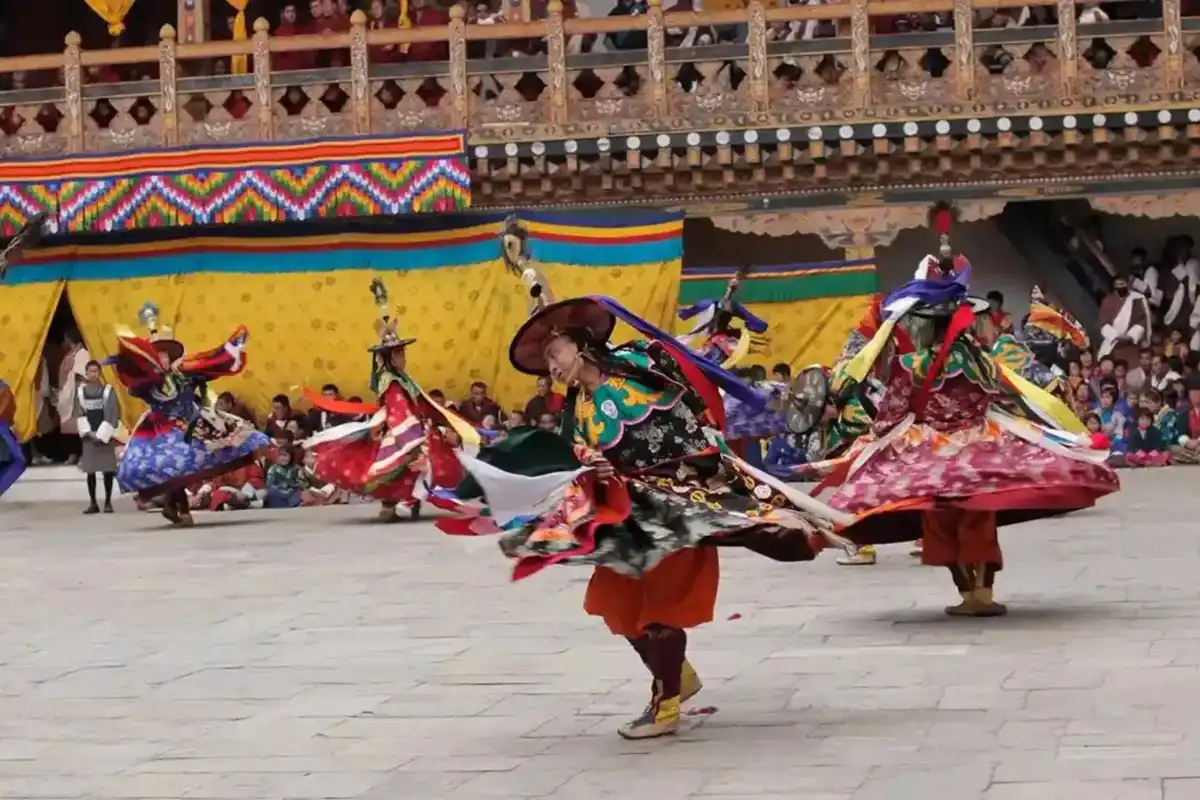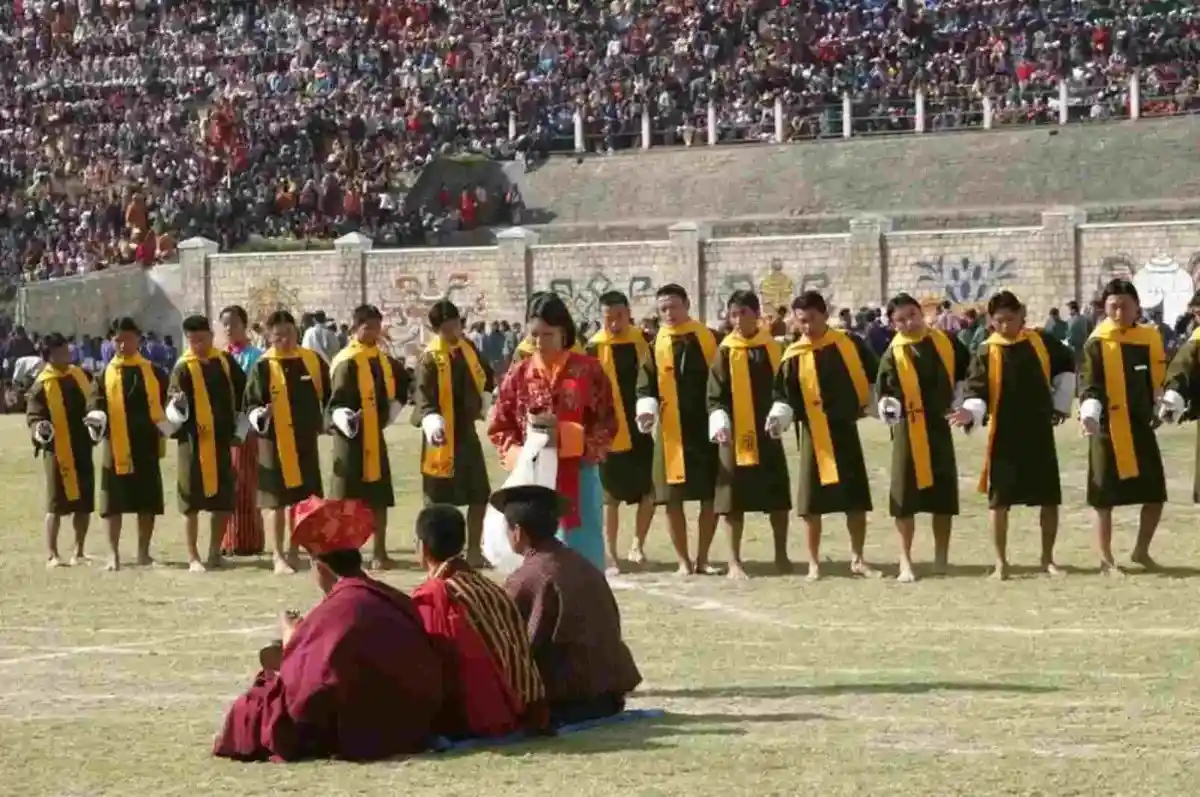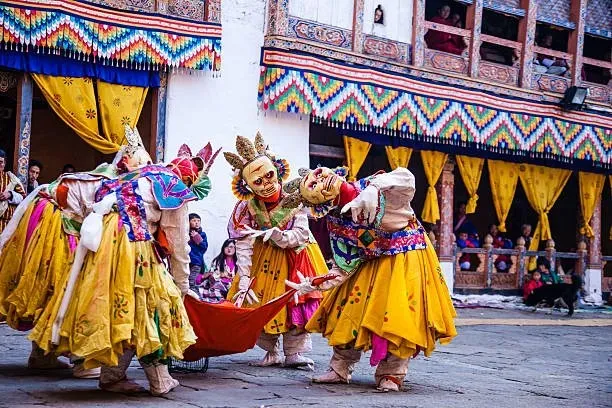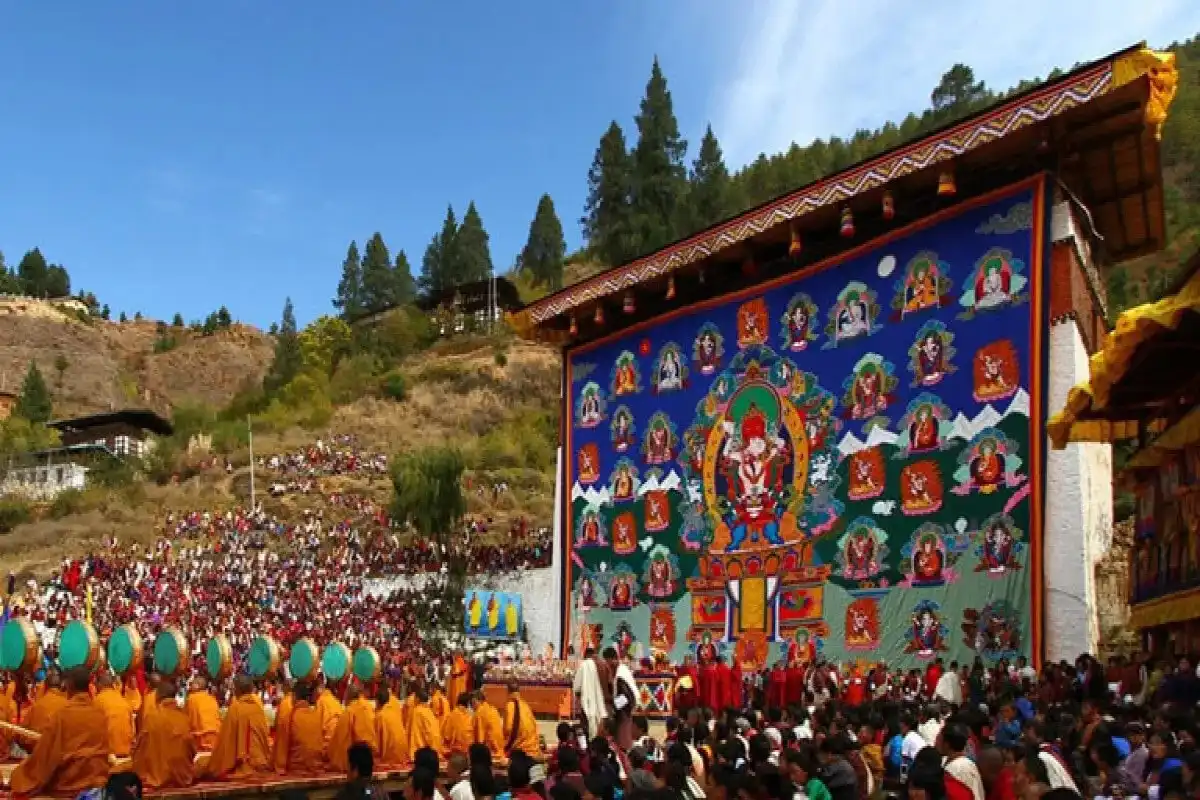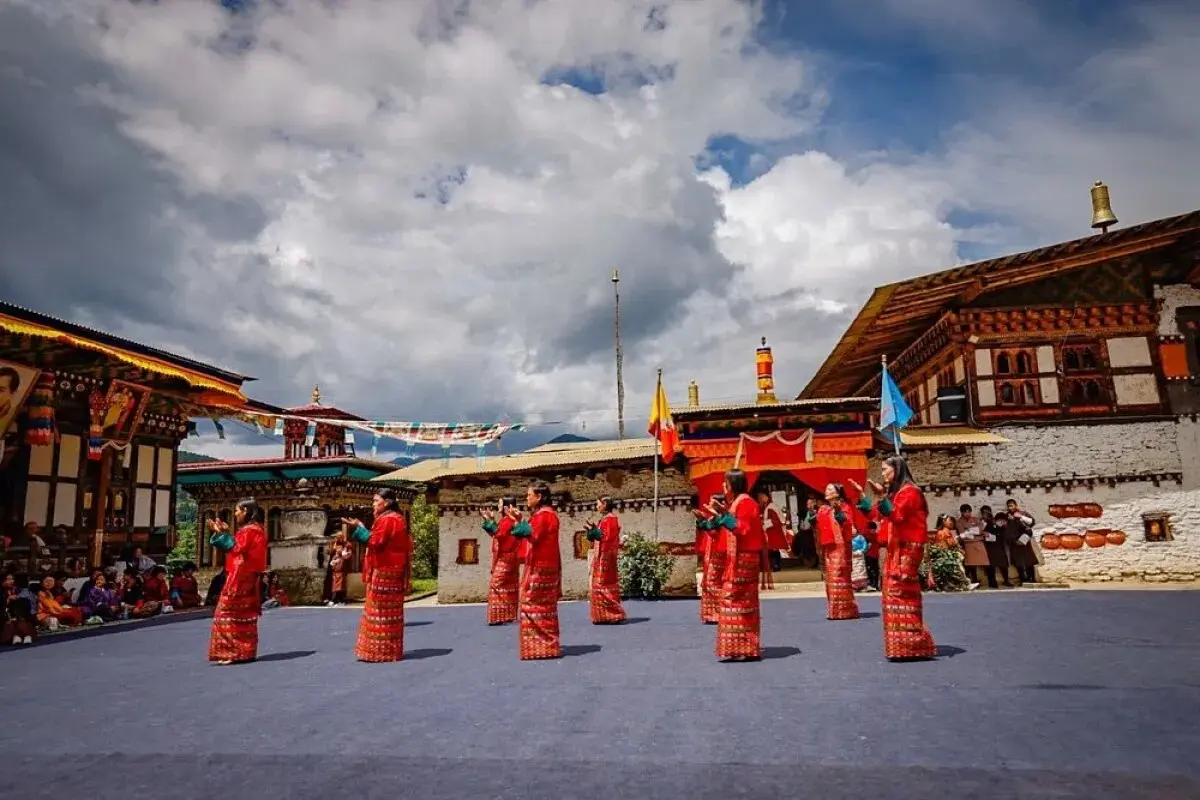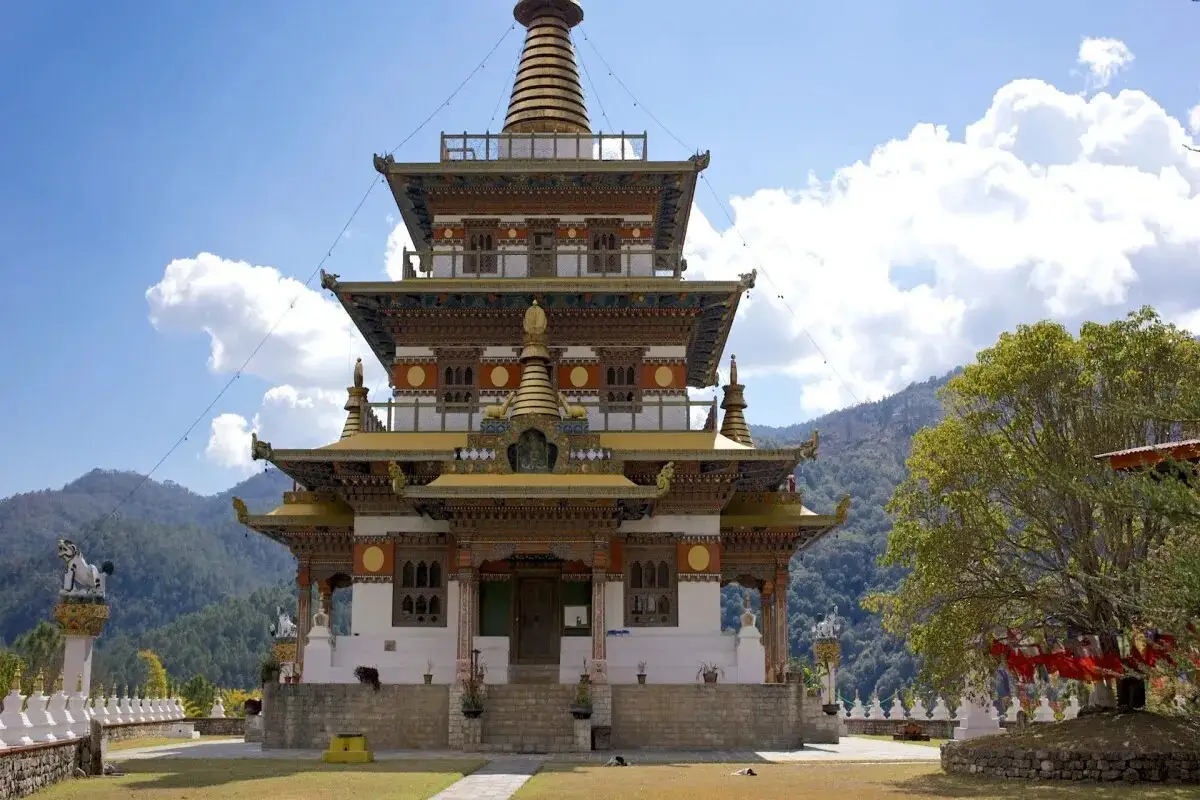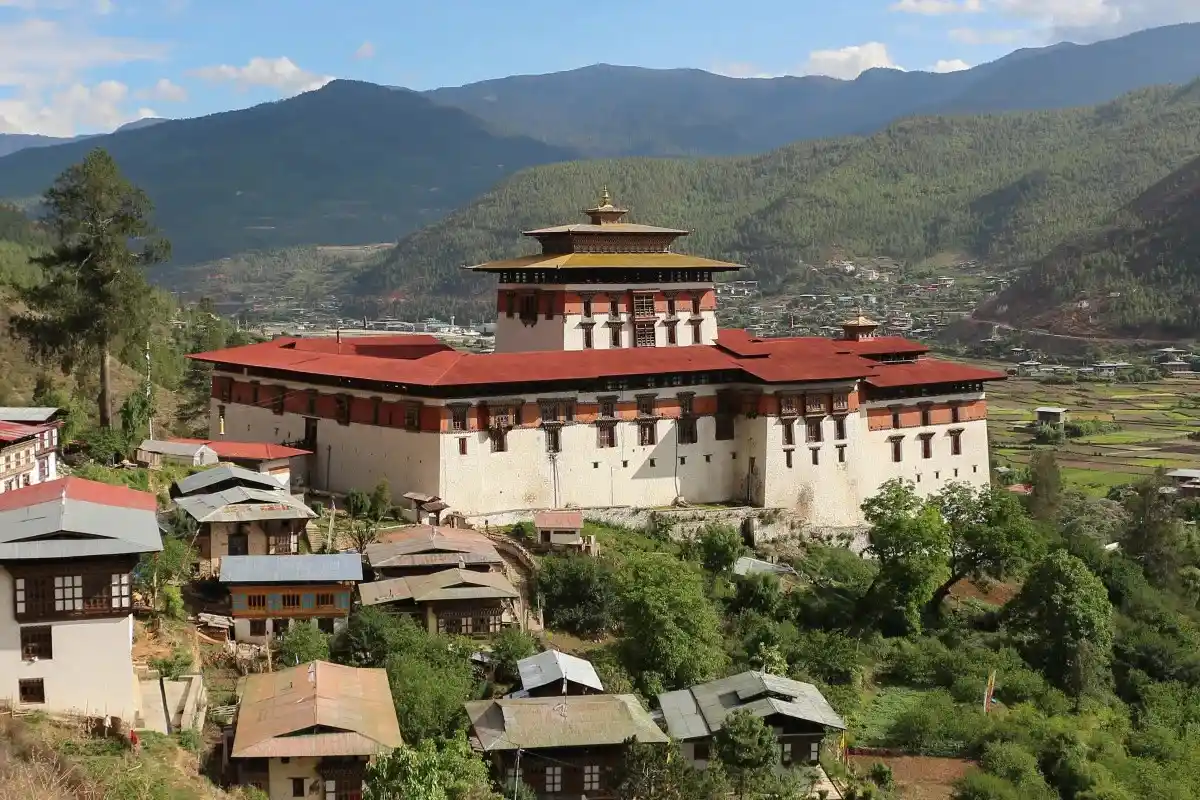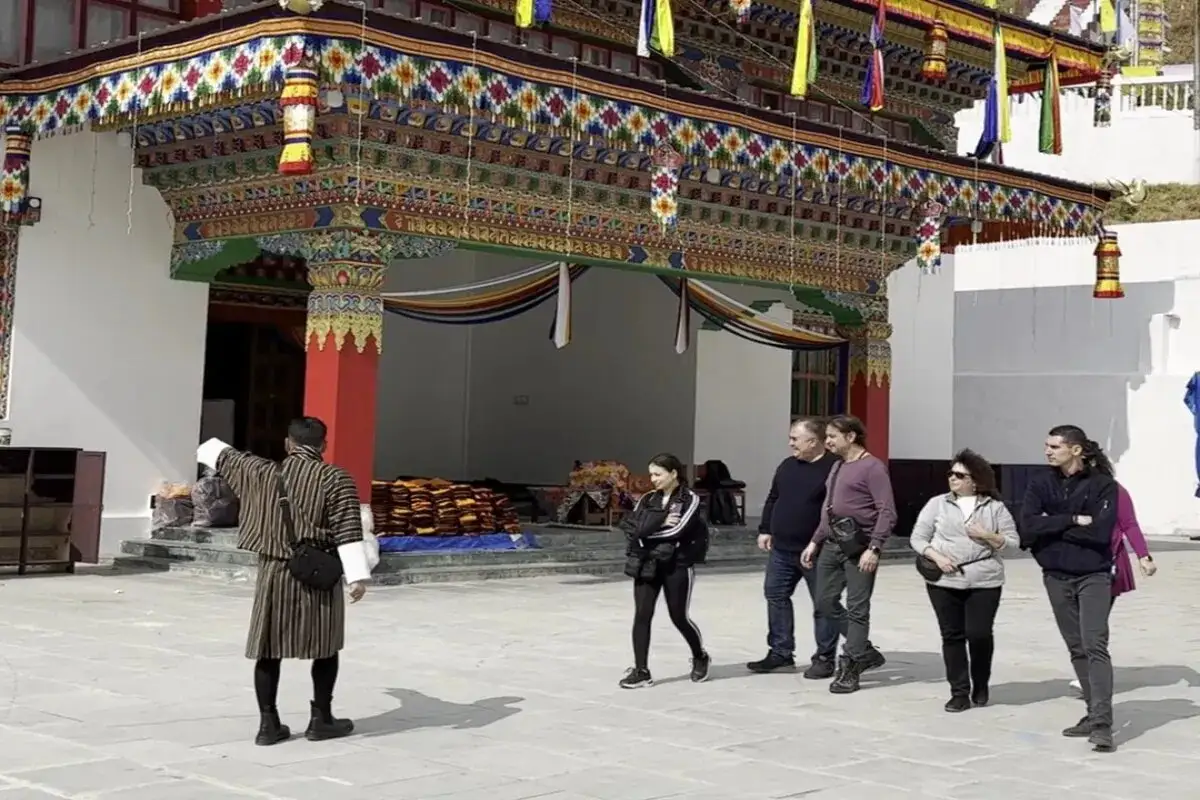Thimphu: Unveiling the Culture of Bhutan's Capital - 4 Days
Thimphu is the capital of Bhutan. This valley is located in the central western region. The combination of modernization and traditional culture gives Thimphu a unique charm. The Wang Chhu River, hills, and trees surround the valley. The political and economic hub is situated in this valley. For the sake of preserving its architectural legacy and culture, Thimphu has set up guidelines.
Highlights
- Immerse in the unique beauty of Thimphu
- Roam around Tashichho Dzong
- Explore one of the largest Buddha statues
- Cultural immersion and interaction with locals
- Tour the Textile museum
Trip Overview
This valley is an ideal location for cultural exploration. This valley attracts several tourists because it has many religious, cultural, and historical sites. There are several sacred sites in the valley where people gather for peace and meditation. Cultural celebrations of major importance are included in the Thimphu city tour. These festivals are marked by masked dancers, rituals, and music.
Within four days, you will visit a beautiful fort, the Buddha statue, and the weekend market filled with people. Each of these locations is a combination of tradition, modernity, and culture. We have prepared a plan for your holiday. We can organize the holiday as per your location, budget, and time frame.
Highlights of Thimpu city Tour
Thimpu is a culturally rich destination, where you will get to experience the Bhutnese culture , explore bhutnese cuisines . You can explore different monastries including Tashichho Dzong . Some highlights of Thimpu are :
Immerse in the unique beauty of Thimphu
Thimphu is a unique blend of natural beauty, culture, and stunning views. This valley is surrounded by forest and several peaks. The Wang Chhu River moves calmly from one end of the valley to the other. The city successfully combines contemporary design with a deep concern for the environment. This region has huge forests, where you can see a variety of fauna and birds.
Roam around Tashichho Dzong
This monastery is an amazing part of the valley. This amazing monastery is a reflection of the great spiritual tradition that the nation possesses. Its distinctive design harmoniously integrates religion and governance. This monastery functions as a religious and administrative hub. This valley is situated on the western side of the river.
Explore one of the largest Buddha statues
The Buddha Dordenma Statue is a remarkable monument. This site is distinguished for its spirituality and architectural style. Indeed, it is a powerful indicator of peace and tranquility. It functions as a venue for meditation. It is a marvel of contemporary engineering linked with old heritage. Residents frequently use this location for morning strolls or peaceful meditation.
Cultural immersion and interaction with locals
Engaging with the culture of the valley provides a deep and memorable experience. The culture of this country is deeply spiritual, community-oriented, and rigorously preserved. Residents are recognized for their kindness and for being open. One might get knowledge about familial traditions and see conventional dress and architectural styles. The locals will appreciate the gesture. Engagement in cultural venues or events will enhance your sense of connection.
Tour the Textile Museum
The Textile Museum is a cultural treasure. It provides a great understanding of the country's unique textile legacy. Individuals have safeguarded and advanced ancient weaving techniques. They also educate new generations in textile arts. Bhutanese weaving is one of the most complex and significant textile traditions globally.
Exploring Thimphu Festival
The Thimphu festival is also called Thimphu Tshechu. This festival is celebrated once a year. The celebration often occurs in September or October. In this festival, local people worship the god, and they dance and sing. This festival is celebrated in a large area of the Tashichho fort. Every individual attends the festival. This is a festival where locals remember their norms and build connections.
Thimphu Sightseeing and witnessing the culture
Thimphu is the ultimate destination for sightseeing and learning about Bhutanese culture. This valley is rich in history. Strolling through the valley gives a sensation of being in a new world. The majority of individuals belong to Buddhism. You can explore several temples, fortifications, and museums. Men dress in a Gho, and women dress in a Kira. Wearing them is mandatory in workplaces and places of learning. This valley has creative crafts, including paintings and sculptures. Individuals display kindness and show care for, as well as protect, the natural environment.
Conclusion of Thimpu Cultural Tour
Your expedition to Thimphu will be filled with pleasure, cultural encounters, and amazing landscapes. You will witness grand forts, serene stupas, and a huge Buddha statue. You will explore museums, savor local food, and shop at lively markets. Every location combines ancient traditions with modern existence. You will encounter pleasant individuals and gain insights into Bhutan's diverse culture. Engaging in meditation with monks or fabric weaving, each day presents unique opportunities. In under four days, you will acquire remarkable memories. We wish that you appreciate each minute.
This valley is an ideal location for cultural exploration. This valley attracts several tourists because it has many religious, cultural, and historical sites. There are several sacred sites in the valley where people gather for peace and meditation. Cultural celebrations of major importance are included in the Thimphu city tour. These festivals are marked by masked dancers, rituals, and music.
Within four days, you will visit a beautiful fort, the Buddha statue, and the weekend market filled with people. Each of these locations is a combination of tradition, modernity, and culture. We have prepared a plan for your holiday. We can organize the holiday as per your location, budget, and time frame.
Highlights of Thimpu city Tour
Thimpu is a culturally rich destination, where you will get to experience the Bhutnese culture , explore bhutnese cuisines . You can explore different monastries including Tashichho Dzong . Some highlights of Thimpu are :
Immerse in the unique beauty of Thimphu
Thimphu is a unique blend of natural beauty, culture, and stunning views. This valley is surrounded by forest and several peaks. The Wang Chhu River moves calmly from one end of the valley to the other. The city successfully combines contemporary design with a deep concern for the environment. This region has huge forests, where you can see a variety of fauna and birds.
Roam around Tashichho Dzong
This monastery is an amazing part of the valley. This amazing monastery is a reflection of the great spiritual tradition that the nation possesses. Its distinctive design harmoniously integrates religion and governance. This monastery functions as a religious and administrative hub. This valley is situated on the western side of the river.
Explore one of the largest Buddha statues
The Buddha Dordenma Statue is a remarkable monument. This site is distinguished for its spirituality and architectural style. Indeed, it is a powerful indicator of peace and tranquility. It functions as a venue for meditation. It is a marvel of contemporary engineering linked with old heritage. Residents frequently use this location for morning strolls or peaceful meditation.
Cultural immersion and interaction with locals
Engaging with the culture of the valley provides a deep and memorable experience. The culture of this country is deeply spiritual, community-oriented, and rigorously preserved. Residents are recognized for their kindness and for being open. One might get knowledge about familial traditions and see conventional dress and architectural styles. The locals will appreciate the gesture. Engagement in cultural venues or events will enhance your sense of connection.
Tour the Textile Museum
The Textile Museum is a cultural treasure. It provides a great understanding of the country's unique textile legacy. Individuals have safeguarded and advanced ancient weaving techniques. They also educate new generations in textile arts. Bhutanese weaving is one of the most complex and significant textile traditions globally.
Exploring Thimphu Festival
The Thimphu festival is also called Thimphu Tshechu. This festival is celebrated once a year. The celebration often occurs in September or October. In this festival, local people worship the god, and they dance and sing. This festival is celebrated in a large area of the Tashichho fort. Every individual attends the festival. This is a festival where locals remember their norms and build connections.
Thimphu Sightseeing and witnessing the culture
Thimphu is the ultimate destination for sightseeing and learning about Bhutanese culture. This valley is rich in history. Strolling through the valley gives a sensation of being in a new world. The majority of individuals belong to Buddhism. You can explore several temples, fortifications, and museums. Men dress in a Gho, and women dress in a Kira. Wearing them is mandatory in workplaces and places of learning. This valley has creative crafts, including paintings and sculptures. Individuals display kindness and show care for, as well as protect, the natural environment.
Conclusion of Thimpu Cultural Tour
Your expedition to Thimphu will be filled with pleasure, cultural encounters, and amazing landscapes. You will witness grand forts, serene stupas, and a huge Buddha statue. You will explore museums, savor local food, and shop at lively markets. Every location combines ancient traditions with modern existence. You will encounter pleasant individuals and gain insights into Bhutan's diverse culture. Engaging in meditation with monks or fabric weaving, each day presents unique opportunities. In under four days, you will acquire remarkable memories. We wish that you appreciate each minute.
Short Itinerary
Arrive in Thimphu via Paro. Check in and visit Tashichho Dzong. Overnight in Thimphu.
Visiting the National Memorial Chorten and the Buddha Dordenma. Return to the hotel.
Exploring the Folk Heritage Museum and the Thimphu weekend market. Try local food.
Visiting the Textile Museum. Lunch and departure.
Price Includes
- Pick-up and drop-off services
We provide a pick-up service from the airport to the hotel on your arrival day and from the hotel to the airport on the departure day.
- Lunch, Breakfast, and Dinner
All meals during the trek will be provided by the company. However, personal food items like coffee, tea, cold drinks, etc, are not included in the package.
- A guide proficient in English
A certified, English-speaking guide will accompany you throughout the trip. The guide will offer information about the trail, culture, nature, and history, and ensure your safety and a smooth experience.
- Comfortable SUV vehicle
A private SUV will be used for road travel before or after the trek. These vehicles are ideal for Bhutan’s hilly terrain and provide a comfortable ride.
- All types of entry costs
This covers all permit fees, monument entrance fees, park fees, and any other official charges required for trekking or sightseeing activities during the tour.
- Professional Drive
We ensure a safe and smooth drive during your tour. We have licensed and experienced drivers for that.
- Sleeping bag and tent
Quality sleeping bags and tents are provided for your comfort and warmth during the camping nights on the trek. So, you don’t have to worry about buying a new one.
- Farewell dinner
A special farewell meal, typically arranged in a traditional restaurant, is offered at the end of the tour to celebrate the journey and thank the participants.
- Evening Tea/coffee with snacks
Each evening, you’ll be served tea or coffee along with light snacks like biscuits and popcorn.
- Drinking Water
Safe and clean drinking water is provided throughout the trek.
- Pick-up and drop-off services
We provide a pick-up service from the airport to the hotel on your arrival day and from the hotel to the airport on the departure day.
- Lunch, Breakfast, and Dinner
All meals during the trek will be provided by the company. However, personal food items like coffee, tea, cold drinks, etc, are not included in the package.
- A guide proficient in English
A certified, English-speaking guide will accompany you throughout the trip. The guide will offer information about the trail, culture, nature, and history, and ensure your safety and a smooth experience.
- Comfortable SUV vehicle
A private SUV will be used for road travel before or after the trek. These vehicles are ideal for Bhutan’s hilly terrain and provide a comfortable ride.
- All types of entry costs
This covers all permit fees, monument entrance fees, park fees, and any other official charges required for trekking or sightseeing activities during the tour.
- Professional Drive
We ensure a safe and smooth drive during your tour. We have licensed and experienced drivers for that.
- Sleeping bag and tent
Quality sleeping bags and tents are provided for your comfort and warmth during the camping nights on the trek. So, you don’t have to worry about buying a new one.
- Farewell dinner
A special farewell meal, typically arranged in a traditional restaurant, is offered at the end of the tour to celebrate the journey and thank the participants.
- Evening Tea/coffee with snacks
Each evening, you’ll be served tea or coffee along with light snacks like biscuits and popcorn.
- Drinking Water
Safe and clean drinking water is provided throughout the trek.
Price Excludes
- International Airfare
- Visa Charges and Insurance
- Individual expenditures
- Additional-day lodging
- Laundry and telephone expenses
- Tips for the guide and the porter
- International Airfare
- Visa Charges and Insurance
- Individual expenditures
- Additional-day lodging
- Laundry and telephone expenses
- Tips for the guide and the porter
Thimphu: Unveiling the Culture of Bhutan's Capital Itinerary
On the initial day of your journey, you must arrive in Thimphu from your current location. If you are coming from abroad, you will land in Paro International Airport. Here, our representative will be awaiting your arrival. Upon meeting the representative, they will take you to the SUV. Thereafter, you will start a short ride to Thimphu. Throughout your journey, you will encounter diverse landscapes and cheerful Bhutanese individuals. Upon arrival in town, you will register at your accommodation.
After settling into the hotel, you can relax and be fresh. Then, you will enjoy your lunch. Once the lunch is over, you can plan with your guide. Then, you will move towards the Tashichho Dzong. After a short trip, you will reach Tashichho Fort. From the moment you arrive, you will be able to see stunning structures. After exploring the fort, you can relax on the bank of Wang Chhu river. Here, you can enjoy nature and capture some pictures. You will spend the first night in Thimphu.
On this day, after waking up, you will have breakfast. Then, you will have coffee at the cafe located on the rooftop. After that, you will start your Thimphu city tour. You will move towards the National Memorial Chorten. Upon arrival, you will observe a towering white stupa. At the peak of the stupa, the golden bells are seen. After viewing the stupa, you will engage in meditation with the monk. Afterwards, you will obtain knowledge about the culture and traditions of Buddhism.
After that, you will have dinner at a restaurant in the neighbourhood. Here, you will try Bhutanese food. After finishing lunch, you can relax for hours. Then, you will proceed to the Buddha Dordenma. Once you arrive here, you will see a giant statue of Buddha. You can also see that some of the area is under construction. Subsequently, you may explore it and get knowledge about its history with your guide. You can also capture beautiful pictures. After exploring, you will return to the hotel. On this day, you will reside at the same hotel for the night.
You will start your day activities after having breakfast. Once the breakfast is over, you will be ready for the tour. Once you get ready, you will move to the Folk Heritage Museum. After reaching the museum, you will explore the museum. After exploring, your guide will explain every memorial in the museum. Here, you can see art, craft, and customs. You can gain knowledge of Bhutan's heritage and culture. After that, you will head back to the hotel.
Then, you will have lunch. After finishing lunch, you can relax in your room. You will go to the weekend market in the evening. In the market, you can see local goods and agricultural products. You can interact with the seller and learn about their products. You can also buy products. You can also try street food. Once you are done, you will return to your lodging.
The tour in Thimphu will come to an end today. You have to wake up early. Then, after you get ready, a guide will pick you up from the accommodation. You will move towards the Textile Museum. Here, you can see the royal collections and take part in a weaving class. Here, you will learn how fabrics are produced. After exploring a museum, you will go back to your hotel.
Lunch is going to be served to you after you arrive at the hotel. After that, you will pack your bags. Then, you will bid farewell to your guide and head home. We will arrange a vehicle for you.
Know Before You Travel
-
You will find different activities to do in the valley.:
You can begin your activities by visiting cultural and historical places. You can trek to several destinations. There is a wide range of bushes and herbs that may be seen. Here, you can relax and appreciate nature. You may visit the weekend market. In this market, you can purchase local and artisanal products. You can also engage with friendly residents. You can try local food such as Ema Datshi, Momos, and Red Rice. These are flavorful and different from other nations.
Thimphu
Download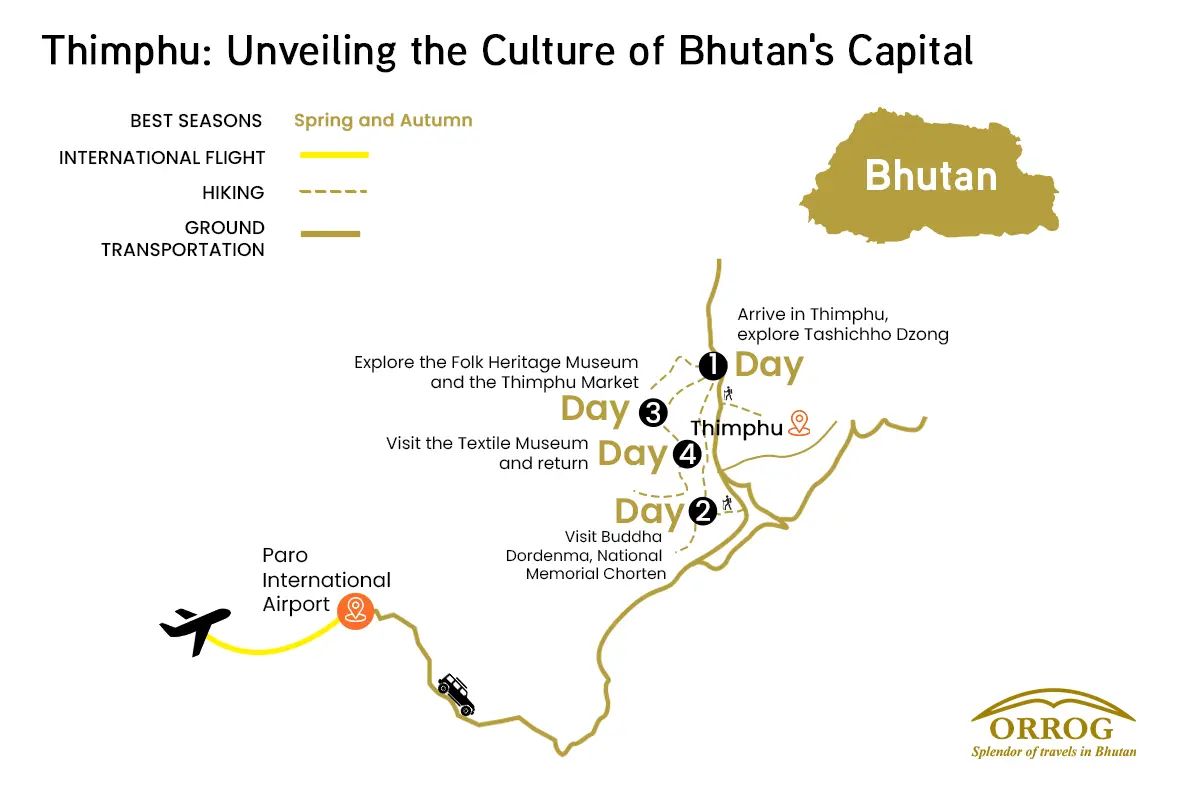
Thimphu: Unveiling the Culture of Bhutan's Capital Video
FAQs for Thimphu: Unveiling the Culture of Bhutan's Capital
Orrog is one of the certified tour and travel companies in Bhutan with years of experience. We have a certified guide and a well-skilled team.
The destinations you should not miss when you are in Thimphu are Tashichho Dzong, the National Memorial Chorten, the Folk Heritage Museum, and the Textile Museum. These are the places that provide us insight into Bhutanese culture, history, and architecture.
Tashichho Dzong is a significant fortification and monastery located in Thimphu. Here, you can learn about the history and traditional architecture.
You can explore Thimphu within 2-3 days. If you have more time, you can explore nearby towns like Paro, Punakha, and even experience a festival or a day trek.
The Thimphu Tshechu is a vibrant religious festival conducted yearly in September or October at Tashichho Dzong.
Yes, we have different tour packages with good hotels, guided tours, and transportation. You can combine Thimphu with Punakha and other locations.
Here, you can learn about the Bhutanese rural life via traditional implements, domestic artifacts, and architectural styles.
Bhutan typically uses Type C, Type D, and Type G electrical outlets. Standard safe voltage is 230V and frequency is 50Hz; therefore, ensure that your equipment is compatible with this voltage.
Indeed, it is highly advised to take along a universal travel adapter, particularly one to fit a variety of types of plugs, because plugs can be different in a hotel or a guesthouse.
Charging opportunities are limited, mostly available at the beginning and end of the trek.
Power supply is generally stable, but occasional outages can occur.
It's not recommended during the trek due to limited power availability.
Bhutan typically uses Type C, Type D, and Type G electrical outlets. Standard safe voltage is 230V and frequency is 50Hz; therefore, ensure that your equipment is compatible with this voltage.
Indeed, it is highly advised to take along a universal travel adapter, particularly one to fit a variety of types of plugs, because plugs can be different in a hotel or a guesthouse.
You need a visa and all necessary permits for your trip. These documents can not be received on the day of your arrival, so they must be processed before coming here. After you book a trip with us, we will manage these papers for you. Your Bhutan visa is arranged by Orrog as part of the package.
The main way to come to Bhutan is through Paro International Airport, which is well-connected to cities like Bangkok, Delhi, Kathmandu, and Singapore. Most people arrive by air, but if you plan to come via road, you can enter through Phuentsholing, located on the southern border with India, which is the most commonly used entry point.
It is recommended to apply for the visa at least 20 days before your planned departure date so that there is enough time for processing your Bhutan visa, finalizing your itinerary, and arranging your guides and transportation. Although visa processing itself is relatively fast once payment is received, early preparation helps avoid delays and ensures availability, especially during peak seasons (spring and autumn).
You don’t require a passport-size photo for the visa, but it is wise to carry at least 2–4 recent passport-sized photographs during your trip. These may be needed for local permits, registration, or when applying for a local SIM card upon arrival in Bhutan.
Yes, you can lengthen your stay in Bhutan either before or after your trip. Bhutan’s tourism model requires visitors to pay a Sustainable Development Fee (SDF) and a daily package cost, so any extra days will involve additional charges. Extensions are a great opportunity to explore cultural sites in Paro, Thimphu, or even add another short trip or day hike.
Yes, Bhutan requires full tour payment in advance before your visa can be processed and issued. The government of Bhutan regulates this policy to ensure that all travel arrangements are confirmed through a licensed Bhutanese tour operator. We are a licensed tour operator that ensures you have everything you need for a trouble-free trip.
Any personal expenses are not covered in the package like:
- Tips for your guide and other staff
- Bottled drinks and snacks(personal expense)
- Souvenirs or local crafts
Credit cards are easily accepted in major cities like Paro and Thimphu. But in remote areas, you may not have access to a card or an ATM. So, it is best to carry some cash before heading for the trip.
Tipping is not mandatory, but it is a widely appreciated gesture and a customary way to show gratitude for good service. The tipping guideline would be to give USD 5-10 per day as a tip for the guides and other staff.
Paro International Airport is the only international airport in Bhutan. It is well connected by flights from cities like Bangkok, Delhi, Kathmandu, and Singapore.
Yes, airport pick-up and drop-off are included in the package. We will have your guide and driver meet you at the airport and transport you to your hotel.
While Bhutan's roads are mostly paved, some parts are narrow, winding, and occasionally affected by weather. However, we ensure your travel is safe, well-maintained, and driven by an experienced professional throughout the journey.
Once you arrive in Paro, we will arrange private ground transportation to the starting point as we pass through lush valleys and traditional villages. So, you don’t have to worry about any transportation services.
Yes, it is very safe to travel even with children in Bhutan. Roads are well-maintained, and the pace of travel is generally relaxed and child-friendly.
We will usually travel in comfortable, private vehicles with experienced drivers. All ground transportation is included in your package.
The Bhutanese Ngultrum is used in Bhutan. All local transactions during the trip will be in BTN.
US Dollars (USD) are generally accepted at larger hotels, souvenir shops, and tour operators, particularly in Paro and Thimphu. However, it’s advisable to convert your currency to BTN for general purchases in rural areas. Other currencies like the Euro or the Pound are not commonly accepted directly.
No, credit or debit cards are not accepted on the trip, as it takes you through remote regions with no banking or electronic payment access. All trip-related payments like accommodation, meals, permits, etc, are paid in advance.
You can exchange foreign currency at the Paro International Airport, at banks, or through licensed money changers in cities like Thimphu and Paro. It's best to exchange enough cash before heading out on the trip.
The national language is Dzongkha, but many Bhutanese also speak English. If you speak English and are worried about communicating with the local people, you will have your guide as a translator.
Yes, all licensed tour guides in Bhutan are required to speak fluent English. Many are also trained in other languages such as German, Japanese, or French. Communication during the trip will be smooth and clear in English.
Most signboards, tourist maps, and information brochures are written in English, especially in tourist destinations like Paro, Thimphu, and trailheads. Directional signs along routes are often labeled in both Dzongkha and English.
No, learning Dzongkha is not at all needed for the trip, but knowing a few basic words like "Kuzu zangpo la" (Hello) or "Kadrinche la" (Thank you) is a good way to interact with the locals.
Language barriers are minimal, as your guide will handle all communication with locals and support staff. Your guide will translate for you during your interaction with the locals.
To greet people, you can greet with locals “Kuzu zangpo la” (Hello) by performing a slight bow. Most common greetings include physical greetings, such as shaking hands less visible, especially in rural areas.
Yes, but remember to seek permission, especially when taking photos of monks, locals, or temples. Please note that clicking photos is not allowed at most religious sites.
Visitors should dress modestly and respectfully. This means:
- Covering shoulders and knees
- Removing hats and sunglasses
- Not wearing shorts or sleeveless tops
This applies to both men and women.
Yes, Bhutanese society is deeply rooted in Buddhism and tradition. Here are some key taboos:
- Do not point your feet at people or sacred objects
- Never touch anyone on the head, as it is considered sacred
- Walk clockwise around temples, stupas, and religious monuments
- Avoid public displays of affection
While gifts are not expected, they may be accepted graciously if given with respect. It is advisable to consult with the guide before giving out anything.
Bhutan follows Bhutan Time (BTT), which is UTC/GMT +6 hours. This time zone remains consistent throughout the year.
No, Bhutan does not observe daylight saving time. The country maintains the same time year-round.
Bhutan is 30 minutes ahead of India. For example, 12:00 PM in India is 12:30 PM in Bhutan.
Yes, souvenirs can be bought in Paro or Thimphu before or after the trip.
Some popular souvenirs include hand-woven textiles (kira and gho fabric), prayer flags, thangka (religious scroll) paintings, handmade paper products, traditional masks, and Buddhist artifacts.
You can do some gentle bargaining in local street markets. However, in government-run shops and fixed-price stores, prices are usually non-negotiable.
Only some larger shops in cities like Paro and Thimphu accept credit cards. The remote areas might not have a card payment option, so we suggest that you carry some cash.
Yes, you can easily purchase a SIM card upon arrival in Bhutan. We will assist you with the process, and you'll need a passport copy and a passport-sized photo.
No, internet access is not available during the trip. However, Wi-Fi is available in hotels in Paro and Thimphu before and after the trip.
B-Mobile (by Bhutan Telecom) and TashiCell are the two main service providers. B-Mobile tends to have better coverage in rural and mountainous areas
Since the weather can be unpredictable and temperatures can vary drastically, layered clothing is essential. You should pack:
- Base layers (thermal tops and bottoms)
- Insulating layers like fleece or down jackets
- Waterproof and windproof outer layers
- Warm hats, gloves, and neck gaiters for freezing conditions
- Moisture-wicking socks and weatherproof trekking boots
Nighttime temperatures can be extremely cold, especially at high-altitude places. So you need to have enough clothing to keep you warm.
The weather is clear with mild daytime temperatures during spring and autumn.
Tsechu is a religious festival held in honor of Guru Rinpoche, featuring mask dances, rituals, and traditional performances. It's a colorful and spiritual experience for all ages.
Yes, festivals are family-friendly and offer a unique cultural experience for children, although large crowds can be overwhelming for very young kids.
Modest, respectful attire is recommended. Traditional Bhutanese dress (Gho/Kira) is encouraged and can be arranged for you.
Yes, all tours include certified, English-speaking guides who are knowledgeable in Bhutanese history and culture.
You can learn about the Bhutanese culture through local interactions, homestay visits, cooking classes, traditional art workshops, and attending local festivals and religious ceremonies.
Reviews & Ratings
-
Guarantee -
Thimphu,Bhutan -
975+17160228
Ready to Explore Bhutan?
Start your journey today and discover the magic of Bhutan with our expert guides and carefully crafted tours.
Book This Trip
-
No booking or credit card fees -
Best price guarantee -
Full customize trip
Ask a Question
Feel free to ask us anything about this tour. A travel expert will then get back to you as soon as possible
Ready to Explore Bhutan?
Start your journey today and discover the magic of Bhutan with our expert guides and carefully crafted tours.
